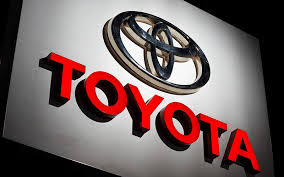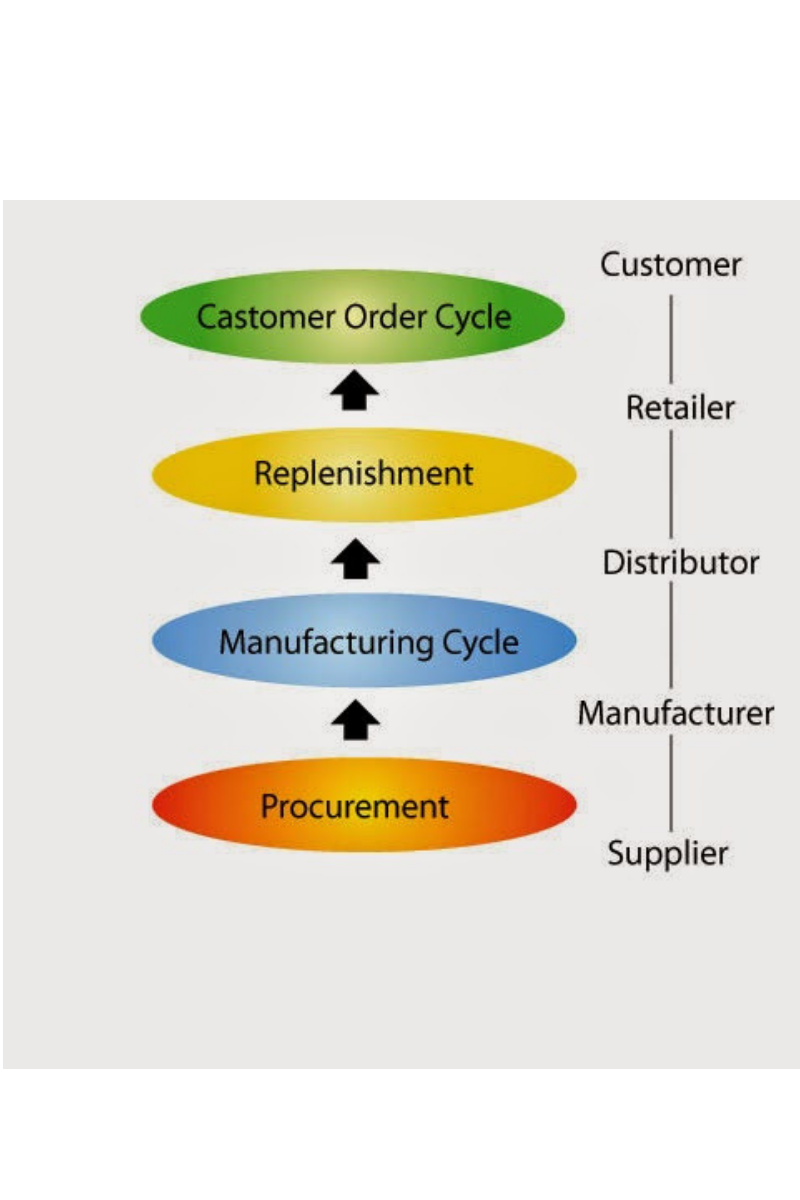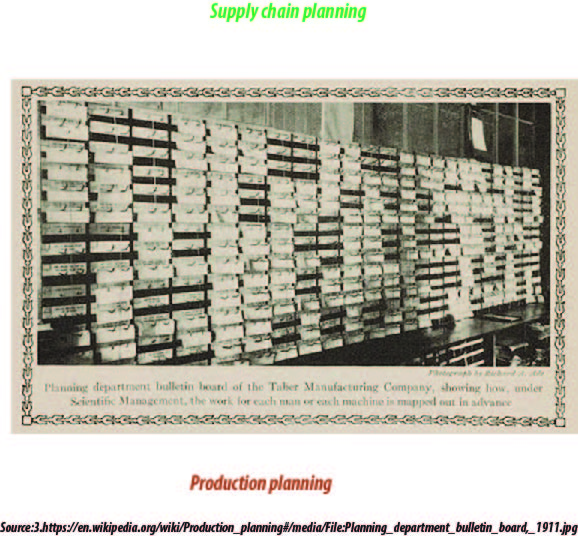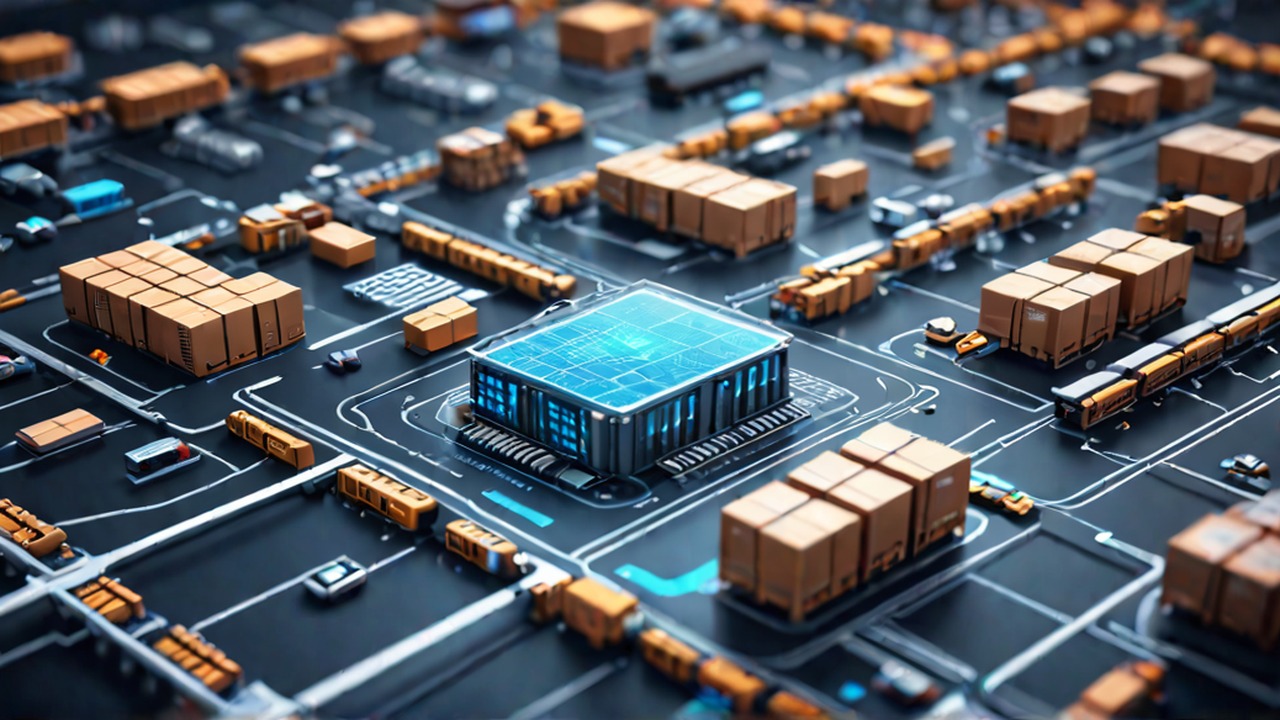Featured Posts
View AllWhat Makes Toyota’s Supply Chain Management a Benchmark for Excellence?
- ikram
- January 2, 2025
- 0
What is Cycle View of a Supply Chain? Is it Useful? |
- ikram
- December 12, 2024
- 6
A discussion about Unilever’s Supply Chain Management : A Case Study |
- ikram
- December 2, 2024
- 0
How supply chain planning works: A discussion in brief |
- ikram
- November 19, 2024
- 0
Trending Posts
View AllHow to Explain Toyota’s Financial Management Philosophy? : A Case Study |
- ikram
- May 2, 2025
- 0
Toyota's financial management philosophy is conservative, with a low debt-to-equity ratio and a focus on…
Unveiling Amazon’s Digital Supply Chain Strategies: A Case Study
- ikram
- April 10, 2025
- 0
Abstract Amazon’s digital supply chain is a technological marvel, integrating software and hardware to…
How to Explain Cold Chain as a Supply Chain and Logistical issue? |
- ikram
- March 15, 2025
- 0
Existing amenities are not enough to store, and deliver a large volume of vaccines within…
How Does the International ship and Port Facility Security Code Enhance Supply Chain Security?
- ikram
- March 1, 2025
- 0
Each ship must develop a unique plan to protect against security threats. The plan must…
Latest Posts
View AllHow to Explain Toyota’s Financial Management Philosophy? : A Case Study |
- ikram
- May 2, 2025
- 0
Toyota's financial management philosophy is conservative, with a low debt-to-equity ratio and a focus on retained earnings.The company's ambition is carefully calculated and backed by a strong equity base. Toyota's…
What is International export and outbound logistics of goods? |
- ikram
- November 1, 2024
- 0
In the international export trade, goods and services, i.e., international export and outbound logistics, goods and services are sold and shipped out of the jurisdiction of the country and customs…
The post Covid-19 Supply Chains: A Brief Discussion |
- ikram
- October 15, 2024
- 0
The U.S.-China trade war and the Covid-19 crisis have prompted manufacturers worldwide to reassess their supply chains, focusing on increasing domestic production, boosting employment in their home countries, reducing dependence…
The Sustainable Development Goals (SDGs): Its Effects On Businesses and Brands
- ikram
- October 1, 2024
- 0
Achieving the Sustainable Development Goals (SDGs) is a critical role for businesses and brands, as it can have a big impact on their operations, strategies, branding, and stakeholder interactions. In…
Letter of Credit and Blockchain Technology In A Supply Chain |
- ikram
- September 24, 2024
- 0
A letter of credit(LC) is also named a documentary credit(DC) in globalized international trade. In recent times, banks utilize blockchain technology regarding the formulation of letters of credit . The…
Supply Chain Management
View AllHow to Explain Toyota’s Financial Management Philosophy? : A Case Study |
- ikram
- May 2, 2025
- 0
Toyota's financial management philosophy is conservative, with a low debt-to-equity ratio and a focus on retained earnings.The company's ambition is…
How supply chain planning works: A discussion in brief |
- ikram
- November 19, 2024
- 0
The uncertain nature of the customer demand need to take into consideration by generating the production plan and in particular…
The post Covid-19 Supply Chains: A Brief Discussion |
- ikram
- October 15, 2024
- 0
Letter of Credit and Blockchain Technology In A Supply Chain |
- ikram
- September 24, 2024
- 0
How to Explain Toyota’s Financial Management Philosophy? : A Case Study |
- ikram
- May 2, 2025
- 0
Abstract Toyota's financial management philosophy is conservative, with a low debt-to-equity ratio and a focus on retained earnings.The company's ambition is carefully calculated and backed by a strong equity…
Unveiling Amazon’s Digital Supply Chain Strategies: A Case Study
- ikram
- April 10, 2025
- 0
Abstract Amazon's digital supply chain is a technological marvel, integrating software and hardware to connect every link of the chain, from suppliers to customers. It uses advanced algorithms and…
How to Explain Cold Chain as a Supply Chain and Logistical issue? |
- ikram
- March 15, 2025
- 0
Abstract Existing amenities are not enough to store, and deliver a large volume of vaccines within a short time, say experts. The governments are considering banking on the existing cold…
How Does the International ship and Port Facility Security Code Enhance Supply Chain Security?
- ikram
- March 1, 2025
- 0
Abstract Each ship must develop a unique plan to protect against security threats. The plan must be approved by the ship's flag state. Port facilities must also develop a…
How to Explain Toyota’s Financial Management Philosophy? : A Case Study |
- ikram
- May 2, 2025
- 0
Toyota's financial management philosophy is conservative, with a low debt-to-equity ratio and a focus on retained earnings.The company's ambition is carefully calculated and backed by a strong equity base. Toyota's…
What is Cycle View of a Supply Chain? Is it Useful? |
- ikram
- December 12, 2024
- 6
The processes in a Supply Chain are usually divided into a series of cycles, each performed in the interface between two interrelated successive stages of a Supply Chain. Sub-processes in…
Tesla’s supply chain and logistics: A case study
- ikram
- May 1, 2023
- 0
The company was incorporated as Tesla Motors, Inc. on July 1, 2003, by Martin Eberhard and Marc Tarpenning. Eberhard verbalized he wanted to build a car manufacturer that is additionally…
H & M Supply Chain management: A case study
- ikram
- January 8, 2023
- 0
Hennes & Mauritz AB is a Swedish multinational clothing-retail company known for its fast-fashion clothing for men, women, teenagers, and children. As of November 2019, H&M operates in 74 countries…
What Makes Toyota’s Supply Chain Management a Benchmark for Excellence?
- ikram
- January 2, 2025
- 0
Toyota has an effective supply chain strategy that puts value and efficiency first. It has adopted the Just-In-Time (JIT) system, which guarantees on-demand delivery of materials and components while cutting…
Trending
View AllUnveiling Amazon’s Digital Supply Chain Strategies: A Case Study
- ikram
- April 10, 2025
- 0
How to Explain Cold Chain as a Supply Chain and Logistical issue? |
- ikram
- March 15, 2025
- 0
What is a Supply Chain Management Job and Career?
- ikram
- January 27, 2025
- 0
Unveiling Amazon’s Digital Supply Chain Strategies: A Case Study
- ikram
- April 10, 2025
- 0
How to Explain Cold Chain as a Supply Chain and Logistical issue? |
- ikram
- March 15, 2025
- 0
What is a Supply Chain Management Job and Career?
- ikram
- January 27, 2025
- 0
Unveiling Amazon’s Digital Supply Chain Strategies: A Case Study
- ikram
- April 10, 2025
- 0
How to Explain Cold Chain as a Supply Chain and Logistical issue? |
- ikram
- March 15, 2025
- 0
What is a Supply Chain Management Job and Career?
- ikram
- January 27, 2025
- 0
Editor’s Picks
View All
Follow Us On
Popular Posts
View AllWhat is Cycle View of a Supply Chain? Is it Useful? |
- ikram
- December 12, 2024
- 6
How supply chain planning works: A discussion in brief |
- ikram
- November 19, 2024
- 0
What is Cycle View of a Supply Chain? Is it Useful? |
- ikram
- December 12, 2024
- 6
How supply chain planning works: A discussion in brief |
- ikram
- November 19, 2024
- 0
What is Cycle View of a Supply Chain? Is it Useful? |
- ikram
- December 12, 2024
- 6
How supply chain planning works: A discussion in brief |
- ikram
- November 19, 2024
- 0
Recent
View AllHow to Explain Toyota’s Financial Management Philosophy? : A Case Study |
- ikram
- May 2, 2025
- 0
Toyota's financial management philosophy is conservative, with a low debt-to-equity ratio and a focus on…
Unveiling Amazon’s Digital Supply Chain Strategies: A Case Study
- ikram
- April 10, 2025
- 0
Abstract Amazon’s digital supply chain is a technological marvel, integrating software and hardware to…
How to Explain Cold Chain as a Supply Chain and Logistical issue? |
- ikram
- March 15, 2025
- 0
Existing amenities are not enough to store, and deliver a large volume of vaccines within…
How Does the International ship and Port Facility Security Code Enhance Supply Chain Security?
- ikram
- March 1, 2025
- 0
Each ship must develop a unique plan to protect against security threats. The plan must…






















